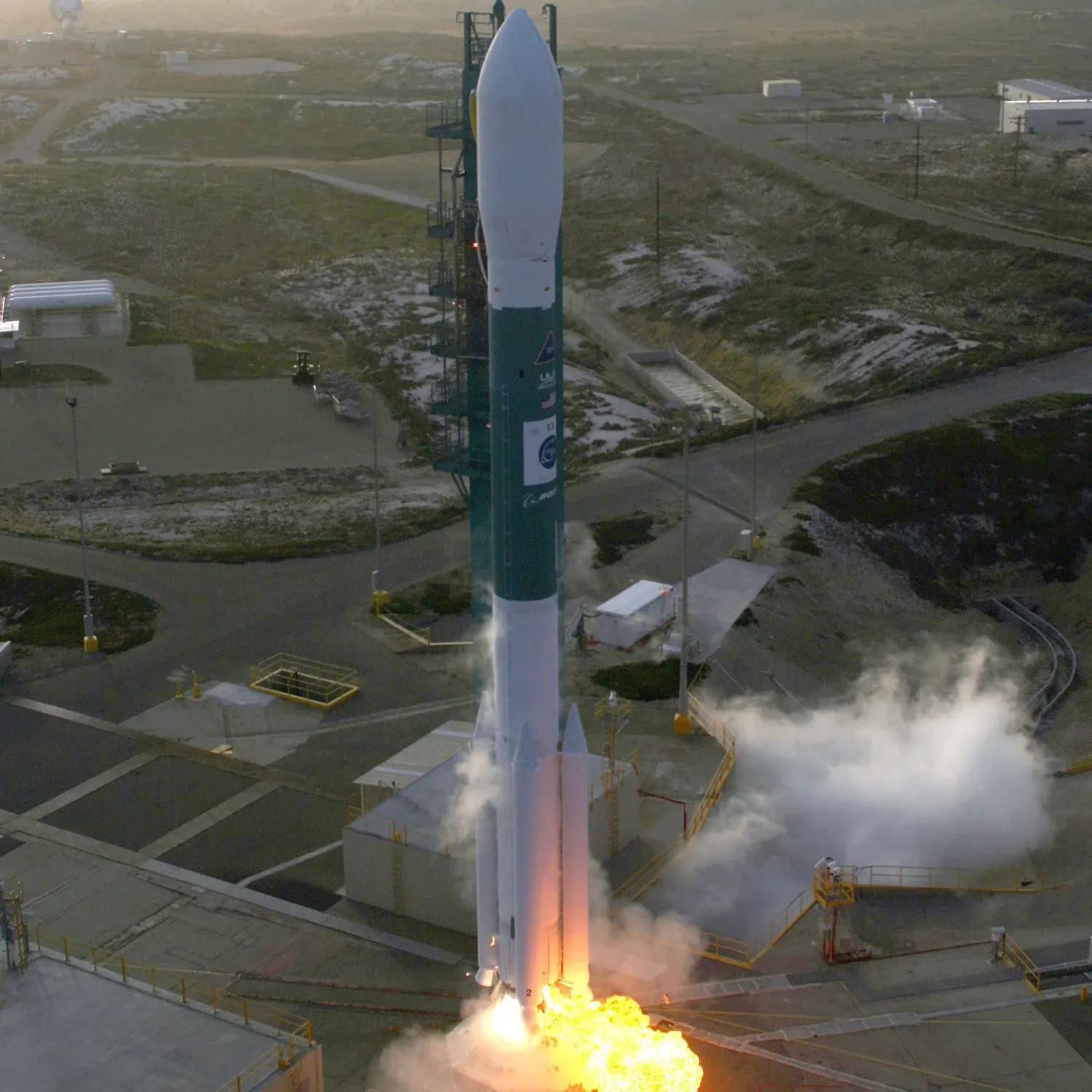CloudSat, CALIPSO
Launch Success
Liftoff Time (GMT)
10:02:00
Friday April 28, 2006
Watch Replay
Official Livestream
Mission Details
Read Article
CALIPSO
CALIPSO is a joint NASA (USA) and CNES (France) environmental satellite, built in the Cannes Mandelieu Space Center, which was launched atop a Delta II rocket on April 28, 2006. Its name stands for Cloud-Aerosol Lidar and Infrared Pathfinder Satellite Observations. Passive and active remote sensing Instruments on board the CALIPSO satellite monitor aerosols and clouds 24 hours a day. CALIPSO is part of the "A Train", flying in formation with several other satellites (Aqua, Aura, and CloudSat).
Sun-Synchronous Orbit
1 Payload
587 kilograms
CloudSat
CloudSat is a NASA Earth observation satellite, which was launched on a Delta II rocket on April 28, 2006. It uses radar to measure the altitude and properties of clouds, adding information on the relationship between clouds and climate in order to help resolve questions about global warming. CloudSat flies in formation in the "A Train", with several other satellites including Aqua, Aura, and CALIPSO. It has been in daytime-only operations since 2011 due to battery malfunction, requiring sunlight to power the radar. The mission was selected under NASA's Earth System Science Pathfinder program in 1999. Ball Aerospace & Technologies Corp. in Boulder, Colorado, designed and built the spacecraft. CloudSat's primary mission was scheduled to continue for 22 months in order to allow more than one seasonal cycle to be observed.
Low Earth Orbit
1 Payload
700 kilograms
Rocket


Manufacturer
ULARocket
Height: 38.9m
Payload to Orbit
LEO: 3,099 kg
Liftoff Thrust
3,020 Kilonewtons
Fairing
Diameter: 3m
Height: 8.9m
Stages
2
Strap-ons
4
Launch Site
Stats
Delta II
121st
Mission
1st
Mission of 2006
2006
17th
Orbital launch attempt